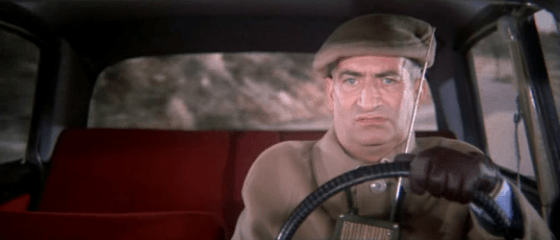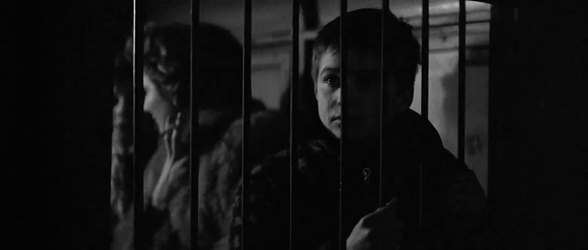Fact 1: In the 1956 Hindi film CID, there was a song (composed by OP Nayyar, lyrics by Majrooh Sultanpuri) which went Jaata kahaan hai deewaane… kuchh tere dil mein fiffi, kuchh mere dil mein fiffi. The censor board pounced on the song, accusing that ‘fiffi’ word of being obscene. Sultanpuri, Nayyar, and the director Raj Khosla insisted that it was a meaningless word, just put in as a filler to help marry the tune to the lyrics. The censor board refused to change its stance, and the song remained out of the film. In the 2015 film Bombay Velvet, the song was resurrected and sung by Suman Sridhar.
Fact 2: In the 1955 French film (note the year: 1955, a year before CID) Rififi, there’s the title song, sung (and performed onscreen too) by Magali Noël. Though the French word rififi (which is military slang) can be roughly translated as ‘rough and tumble’, referring mostly to the macho strutting of toughs of the like of this film’s main characters, the song’s lyrics give it a differently nuanced spin. Innuendo, through and through.
Continue reading








